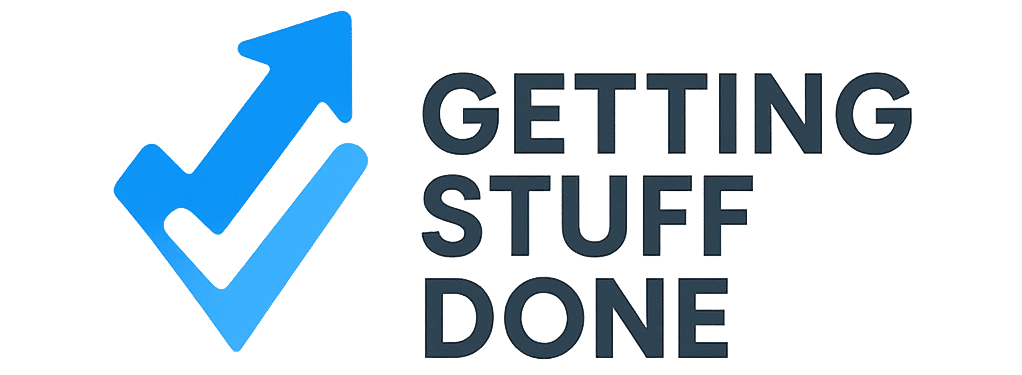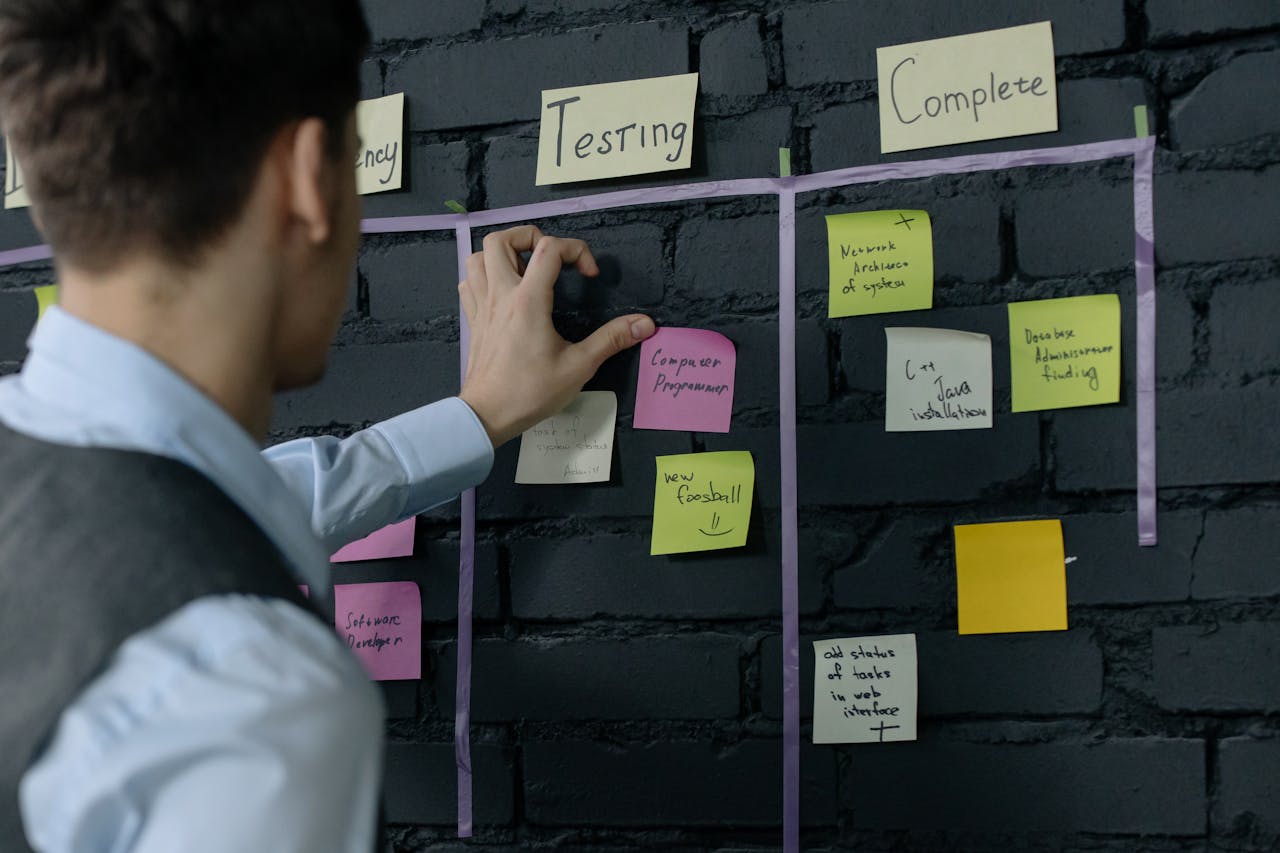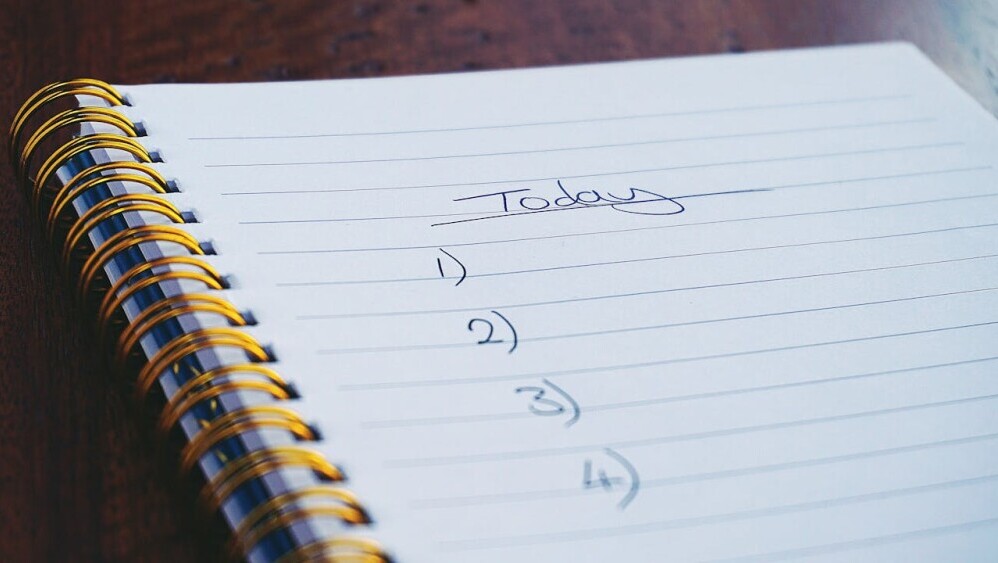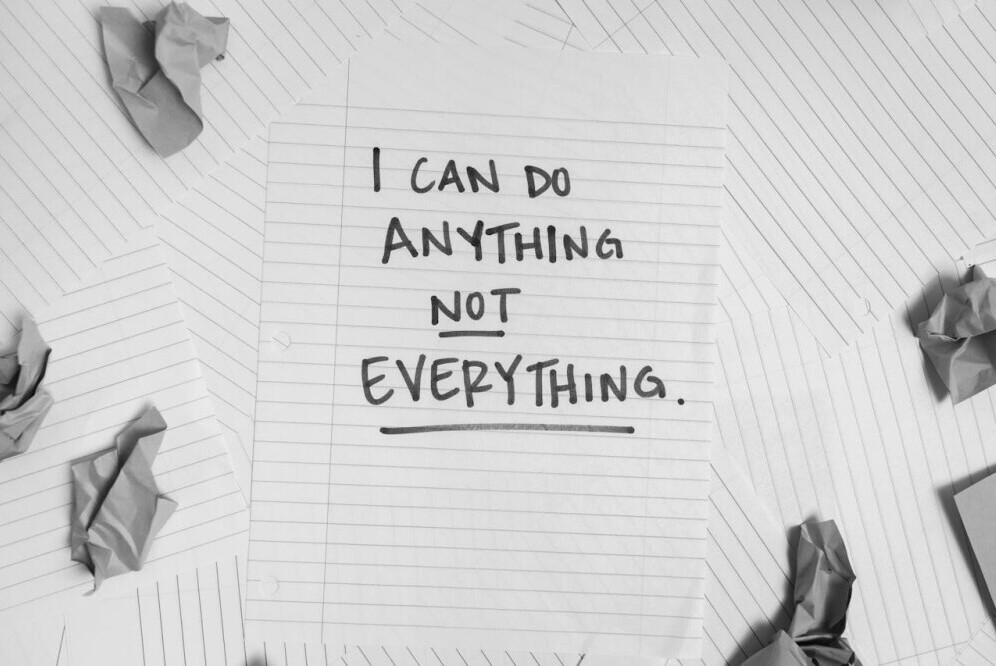Your most important task is like finding the north star in your to-do universe. It means zeroing in on the task that’s going to give your day the biggest bang for its buck, productivity-wise.
The idea behind the Most Important Task (MIT) method traces back to productivity experts who understood that doing a million small things can leave you spinning your wheels. Instead, focusing on that one game-changing task gives your day focus and structure.
Getting to grips with your own MIT is about recognizing the difference between simply being busy and actually being productive. MIT shifts your mindset from ticking off items to making meaningful progress.
Comparing MIT with other productivity methods, like the Pareto Principle or the Pomodoro Technique, shows its unique edge. While others might focus on doing more in less time or managing energy levels, MIT points you to what truly needs to get done now.
Understanding MIT also means seeing its potential impact on work-life balance. By consistently identifying and working on your MIT, you can reduce stress, increase satisfaction, and reclaim your time.
Why Prioritizing Your Most Important Task Matters
“The key is not to prioritize what’s on your schedule, but to schedule your priorities.”
Tackling the most critical task of your day helps you make real strides in your productivity game. It’s not just about checking items off a list but making sure you’re moving the needle in the right areas.
Focusing on your MIT can have a massive positive impact on how you manage your time and energy. You’ll find that with MIT in your sights, your productivity and efficiency soar.
When you put your MIT front and center, your mind tends to stay more focused. There’s a certain psychological lift from knowing you’re tackling the task that truly matters.
Many successful people have this one thing in common: they understand the power of prioritizing. Looking at real-world examples, whether it’s top entrepreneurs or creative leaders, you’ll find MIT often sneaks in their daily habits.
Emotional benefits are a big part of the deal too. You’ll probably feel less overwhelmed and more in control of your work, which can do wonders for your stress levels and overall well-being.
Incorporating MIT in your day sets a clear path for achievement. It’s like drawing a roadmap to where you want to go and then actually taking the steps to get there. Knowing you’re focusing on the most impactful task of the day makes everything else feel manageable.
Identifying Your Priorty
“Perspective gives us the ability to accurately contrast the large with the small, and the important with the less important. Without it we are lost in a world where all ideas, news, and information look the same. We cannot differentiate, we cannot prioritize, and we cannot make good choices.”
Knowing what your most important task is can be a bit like trying to solve a puzzle. But don’t worry, once you get the hang of it, it’s a game-changer. The key lies in sorting out what task will bring the most value to your day, whether you’re dealing with work projects or personal goals.
To figure out your MIT, start by asking yourself a couple of essential questions: Which task will have the biggest impact on your long-term goals? And, what’s likely to make you breathe a sigh of relief once it’s done? This reflection can help guide you to your MIT more clearly.
It’s vital to understand the difference between urgent and important. Just because something’s yelling for attention doesn’t mean it deserves to be at the top of your list. Important tasks are those that align with your core objectives and values. Urgent ones, not so much.
A few tools and techniques can assist in pinpointing your MIT with precision. Think about trying out productivity frameworks like Eisenhower Box, which helps categorize tasks based on their urgency and importance. Apps like Asana and Trello are also worth exploring—they’re packed with features to sort priorities effectively.
Everyone has a unique approach to spotting their MIT, and that’s perfectly okay. Experiment with these strategies and see what fits best with your style. The main thing is getting started and gradually honing in on tasks that truly make a difference.
How to Implement the Most Important Task in Your Daily Routine
“As all entrepreneurs know, you live and die by your ability to prioritize. You must focus on the most important, mission-critical tasks each day and night, and then share, delegate, delay or skip the rest.”
Fitting your most important task into your daily life isn’t as daunting as it sounds. It’s all about setting the right mindset and building a routine that naturally incorporates your MIT. You start with what’s essential, not just what’s urgent.
To get going, schedule your MIT at a time of day when you feel most alert and focused. Maybe you’re an early bird, or perhaps your energy peaks after lunch. Plan during these periods when you’re at your best.
Integrating your MIT into your schedule involves balancing it with other obligations. Keep it realistic. Don’t stack your day with impossible tasks. Aim for a mix of one substantial MIT and smaller tasks spread throughout your day.
Consistency is your best ally. Here’s a pro tip: create a habit loop. Start by setting a cue, like a specific time or place to begin, followed by your MIT, and wrap up with a reward—maybe a short walk or coffee break. This loop helps cement the practice.
Dealing with resistance is part of the journey. There will be days when you’re just not feeling it, and that’s okay. The trick is commitment over motivation. Treat your MIT appointment as non-negotiable as a meeting with your boss.
Tracking progress helps too. Keeping tabs on what you’ve achieved can motivate you to keep going, especially when you see how much headway you’re making by knocking out those MITs.
Potential Challenges and How to Overcome Them
“I prioritize in life. I like to work, I do TV shows, I do a lot of Iron Man training. I enjoy kicking back on a good night and drinking wine until I go to bed, and having fun with my friends. You just have to make time for it and keep it balanced.” — Joe Bastianich —
Facing hurdles while sticking to your most important task is totally normal. Whether it’s the lure of social media or feeling swamped with other duties, distractions are everywhere.
One common challenge is task fatigue. We’ve all been there, when the sustained focus just drains your energy. Breaking the MIT into smaller, more manageable chunks can help. This keeps you from feeling overwhelmed and makes progress feel more achievable.
Another obstacle comes with the ‘busy trap’—those smaller, less important tasks that creep in, making you feel like you’re productive even when your MIT isn’t getting done. A simple fix is to establish time blocks strictly for MIT work, minimizing deviance into less impactful areas.
Then, there are distractions, everyone’s favorite nemesis. Keeping your work environment as free from interruptions as possible is key. This might mean setting your phone to ‘do not disturb’ mode or working from a different environment where you can press ‘pause’ on interruptions.
Feeling stuck without motivation? Remember, motivation is fleeting. Building a consistent routine helps you rely on discipline over motivation. Some people find that having an accountability partner or sharing MITs with a work buddy can add that extra push they need.
Examples of people who’ve conquered MIT challenges show that persistence pays off. They often share their tips, like using time management apps or making lists with clear, achievable objectives. Following these strategies can make a world of difference in staying on track.
The Role of Technology in Managing the Most Important Task
“Even before I had an assistant, my calendar was color-coded and I had all these different e-mail rules for how to prioritize e-mails, so I made it a point years ago to figure all that stuff out because my life was a mess.” — Chris Hardwick —
Technology can be a real asset when it comes to keeping your most important task front and center. With the right tools, managing your MIT becomes a breeze and keeps you ahead of the game.
Apps like Todoist or Trello offer robust features for setting priorities and reminders, so your MIT stays visible and never slips through the cracks. They offer a simple way to keep tabs on your daily goals and long-term objectives.
But, there’s a catch—technology can also be a source of distraction. Notifications and constant alerts can pull your focus away from that all-important task. Setting specific times to check emails and notifications or using apps like Freedom to block distractions can drastically improve your focus.
Emerging tech trends also add a new dimension to task management. Virtual assistants like Siri or Alexa can help you schedule your MIT or set reminders without lifting a finger. It’s like having a personal assistant keeping tabs on your priorities.
Integrating tech wisely means balancing the convenience it offers with mindful usage. Consider tools that offer customization features so they adapt to your workflow, not the other way around. This ensures that technology enhances, rather than hinders, your process.
Ultimately, using technology to manage your MIT is about finding what clicks for you. With so many options, there really is something for everyone. Explore different tools, see how they fit into your daily routine, and make adjustments as needed.
Long-term Benefits of Prioritizing Tasks
“When you start to prioritize hiring likable people within your organization, these likable people will attract other likable people.” — Karen Salmansohn —
Committing to consistently identifying and completing your most important tasks can lead to significant long-term rewards, both personally and professionally. When you’re focused on what truly matters day after day, you’re setting the stage for unparalleled growth.
Career advancement often follows as you learn to tackle high-impact tasks that make tangible differences in your projects and roles. Your colleagues and managers notice when you’re consistently proactive and impactful, which can open doors to new opportunities.
On a personal level, mastering your MIT fosters better decision-making skills and an enhanced ability to prioritize various aspects of life. This isn’t just about work tasks; it’s a valuable life skill that helps in balancing family, hobbies, and personal growth.
Consistent focus on MIT helps in nurturing a habit of excellence. It’s like training your mind to zero in on what’s most important, enhancing your problem-solving skills and making you adept at handling complex tasks with ease.
There’s also a boost to your self-confidence, knowing that you can handle whatever comes your way by tackling critical tasks head-on. This confidence extends beyond work, positively influencing other areas of your life.
One of the sweetest perks is stress reduction. By handling significant tasks promptly, you minimize last-minute rushes, which means a calmer, more controlled approach to daily challenges.
In the end, creating a consistent MIT routine isn’t just about being productive today. It’s about building a sustainable approach to life that’s all about working smarter, achieving more, and genuinely enjoying the journey.
Peace and Love,
Joseph William
P.S. As we form the habit of completing our Most Important Task consistently, let’s build an Online Business that make a positive impact in the lives of other. CLICK HERE for All the Details.





This was such a well-rounded and insightful read on the MIT method! I really liked how you connected productivity frameworks like the Eisenhower Box and Pomodoro Technique while still keeping the focus on meaningful progress rather than just being busy. The reminder about building consistency and relying on discipline over motivation truly hit home. It’s so relatable in today’s distraction-heavy world. I also appreciate the balanced take on using technology as both a tool and a potential trap. Do you personally find it easier to identify your MIT in the morning, or do you prefer reassessing it mid-day once you’ve settled into your workflow?
Thanks, Kavirha. Mornings work best for me.
Hi Joseph,
Another inspiring article, keep them coming my friend.
A few years ago I set up a daily and weekly leadership plan for myself and my people. It is is not a to do list, it is a plan and it alters daily when new priorities come up. Some tasks get moved down the priority to later in the day/week and some get moved up to earlier in the day/week.
I love working it because it helps me in feeling fulfilled at the end of the day and end of the week.
It is so important to me and others, and I believe that setting priorities is how you develop the right habits for the right time of day too.
Thank you for sharing Joseph and keep up the great work.
All the best,
Tom
Thanks, Tom. Your thoughts and insights are most appreciated. Best, Joseph